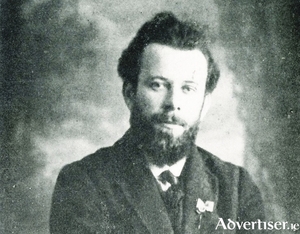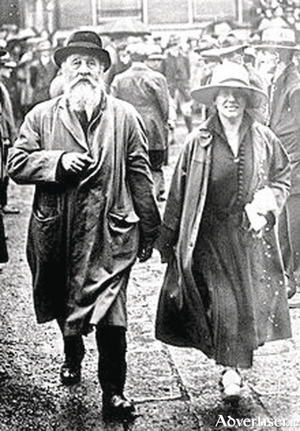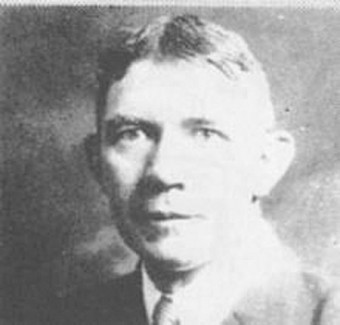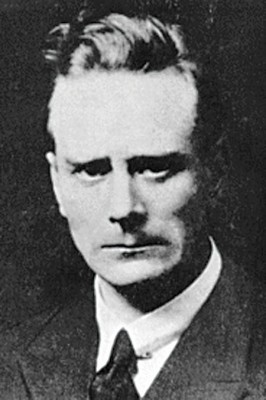Search Results for 'Irish Republican Brotherhood'
7 results found.
Public lecture on Colm Ó Gaora's revolutionary, Republican life

COLM Ó Gaora may not be as well known as other figures from that extraordinary period of Irish history between the foundation of the IRB and the creation of the Irish Free State, but he was an important figure nonetheless.
A young girl carried the scars of war

In an attempt to bring some normality into their lives following the traumatic years of the War of Independence, and the Civil War, Professor Tom Dillon, and his wife Geraldine (nee Plunkett), moved their five children to Dangan House, about three miles north of Galway town, close to the River Corrib. It is now a flourishing garden nursery, run by the busy Cunningham family and staff, but in the late 1920s it was a rambling two-storeyed manor house with shallow steps leading to a wide front door. Their father bought a cow, and chickens ran wild in the yard. In many ways it was an ideal home to bring up a lively young family, but understandably the terrors and the residue of those early years still bore heavily on the children. Politics was still a dominant player in their lives.
An Irish Republic: The first blow is struck

One hundred years ago, a series of dramatic events caused turmoil in Ireland, and made rebellion practically inevitable.
The case of the Craughwell Prisoners
In the 1880s the Land War was at its height. It was a prolonged period of bitter civic unrest which pitted an unprotected peasantry against some ruthless landlords, who had the law and power of eviction at their disposal. Following the Great Famine a weakened tenant peasantry was easily removed from the land. It began a pitiful trail to the workhouse, and the emigrant ships. But as the century progressed the situation changed. The highly organised Irish National Land League supported evicted farmers; while members of the Irish Parliamentary Party in Westminster fought for legislation which would eventually see a redistribution of land to tenants.
The blacksmith from Craughwell

The participants in the Galway Rising of April 1916 anticipated their arrest and humiliation. During Easter Week, while the rebels were attacking police stations in parts of east Galway, and threatening an invasion of the town, the RIC was quick to round up all the usual suspects. They were easily recognised. Their public training, and their interruptions of recruitment meetings made them well known to the police. They were loaded into open-top vehicles and paraded ‘for the entertainment of the townsfolk’. Volunteer Frank Hardiman remembered being set upon and beaten by rowdies at a number of places, and pelted with mud by the town’s inhabitants.
Fear and loathing in the towns and villages as rebels divided on continuing the struggle

Following the news of the Rising in Dublin on Easter Monday April 25 1916, Galway was in the grip of rumour and anxiety. The Galway ‘rising’, consisting of about 600 men led by Liam Mellows, but poorly armed, was creating mayhem in the county. Police ( RIC) stations were being attacked, telegraph poles were cut down, and trains were not running. Galway was virtually cut off from news of developments elsewhere. Then panic ensued when on Tuesday a British warship, HMS Gloucester, steamed into the bay and indiscriminately opened fire into the coastline, and further inland. Refugees began to arrive in the town.
Books on my table this Christmas
I have often been intrigued by the stories of German spies parachuted into Ireland during World War II. It was quite an intriguing time. De Valera was anxious to steer the country in neutral waters, despite serious pressure from Britain and America to at least open our ports to the transatlantic convoys which were being hammered by German U-boats. The IRA and its sympathisers, were pro German to such an extent that Germany believed it could foster a lot of trouble in Britain’s ‘back yard’ by encouraging the IRA to make mischief.

